Running a profitable company requires significant investments, which must generate positive returns. While often overlooked, training is no different than any other investment your business makes, and you want to see that money spent developing employees is paying off. Being able to link training to quantifiable factors can help you identify the financial benefits while also getting the most out of your training program.
You might be asking yourself where to start. We’re here to help, and in this blog, we’ll dig into what the return on investment for training actually is, how you can measure the effectiveness of your training program, and why it is important.
What is Training ROI?
Training ROI is a key performance indicator (KPI) that many organizations use to measure the value of their training and development initiatives. This financial metric is based on the amount of money spent on a training program compared to the effects it had on the company’s goals, such as performance, efficiency and revenue.
Choosing the right factors to measure and establish baselines will help you quantify how training has benefitted your employees and, therefore, your company. Being able to show a positive ROI builds excitement among your team and stakeholders and ensures your program receives the support it needs to be successful.
Experience 3D Sim Training in Action
Submit the form to get in touch with a representative.
Identifying Key Metrics
The ultimate goal for any training program is to increase performance, thereby increasing profits and improving the company’s bottom line. However, there are multiple secondary goals an effective training program achieves, including improved customer satisfaction, higher employee morale and engagement, improved safety and reduced capital costs.
There are several metrics that can help ensure you’re not only investing in the right training program but also getting a positive ROI. Different departments experience different pain points and may focus on different outcomes. Areas that are most important to a company owner, for example, may differ from those that matter most to a Service Manager, but a thorough training program can address multiple priorities.
Top metrics include:
Increased Efficiency and Performance: When technicians are trained well, they can accomplish their tasks faster and decrease service call time, allowing them to accomplish more work during the day. Well-trained technicians also ensure the job is done right the first time, reducing the number of callbacks received. Additionally, when staff know how equipment should work, they conduct proactive rather than reactive maintenance and troubleshooting, which drives uptime and extends the life cycle of equipment.
Improved Customer Satisfaction: A program that allows you to cross-train and upskill in-house can enable your team to respond to service calls faster, decrease callbacks and keep customers happy. While the exact dollar amount associated with customer satisfaction can be difficult to track, you can track the increase in positive reviews and the decrease of negative reviews you receive.
Higher Employee Morale and Engagement: Technician turnover continues to increase, and the labor shortage means many positions remain unfilled. It is important to engage employees and keep them motivated, and training can play a critical role in satisfaction. Creating career laddering programs (like aligning employee responsibilities to growth opportunities, for example) help improve employee engagement and reduce turnover, which can prevent you and your business from being understaffed.
A Competitive Edge: Younger generations are increasingly interested in career laddering and formalized in-house training programs that enable growth. With an effective training program in place, you’ll be able to broaden your candidate pool and reduce turnover with training designed to both upskill newer technicians and refresh experienced technicians.
Improved Safety: Safety training ensures your workers are protected in the field and reduces the number of incidents that occur. Workplace safety also helps improve productivity and reduce liability risks. The cost associated with just one safety incident could pay for an entire year of training.
Evaluating Training Programs
Spending on technical training ensures that technicians are providing high-quality service in a safe, efficient manner – but not all training programs are created equally. Some are outlandishly expensive while also lacking breadth or they may not even offer the level of customization that can keep learners engaged.
There are several key components an effective training program should contain to ensure you’re getting the most out of your investment. These include:
Learning Management: An effective learning management system streamlines the admin side of a training program. Ideally, the learning management system will allow you to track the progress of all employees, look at their last activity and see how often they are interacting with the training program. It will also allow you to assign content and due dates.
Field-Like Assessments: Managers can benefit from training that offers built-in skills assessments, which help them understand where employees’ skills are versus where managers want them to be.
Customized Learning Paths: Because different employees bring different skill sets to the table, the most efficient training is training that allows managers to customize pathways for each learner. Can your program create curated learning paths so your technicians learn the right skills, in the right order? Can you identify the skills gaps within your team before it’s discovered through a callback? Does your training program give your team 24/7 access to field-like preventative maintenance and troubleshooting scenarios so you can avoid downtime and increase the number of jobs your team can service in a given day?
Cross-Training Opportunities: A program with broad offerings creates a one-stop shop that can offer greater value and increased efficiency. Learners can take advantage of different training while utilizing the same platform, meaning they don’t have to spend time learning how to maneuver the site. When employees are cross-trained, they can fill in when others are out, maintaining service levels.
Learners’ Experience and Feedback: One of a program’s biggest and most important success factors is employees’ experiences with it. A good training program is only as effective as how often the learners are using and adopting it, so it is important to consider learners’ satisfaction and listen to their feedback.
Providing Consistent and Effective Training for All Skill Levels
Every year, new equipment, new technology and new service requirements continue to populate the market. To stay ahead of the curve, you have to train ahead of it. Devoting just a small amount of time can ensure your employees have the knowledge they need to provide accurate and efficient service.
Plus, today’s employees want to progress in their careers, and access to training will help you not only attract and retain the next generation of technicians but also cross-train employees so you’re never left shorthanded. You’ll also be able to bring in and train employees, expanding your hiring pool and ramping them up quickly.
Interplay Learning has a proven history of helping companies generate a positive ROI, by delivering a one-stop-shop for effective, efficient and affordable skilled trades training. For example, 92% of our customers have either grown their business or eliminated costs and 89% say that Interplay Learning has given them the ability to train techs faster than ever before. With 300+ hours of expert-led training and hands-on simulations in HVAC, plumbing, facilities maintenance, electrical and more, Interplay Learning’s on-demand training platform gives companies the resources they need to be able to build and upskill a competent workforce in weeks, not years.










